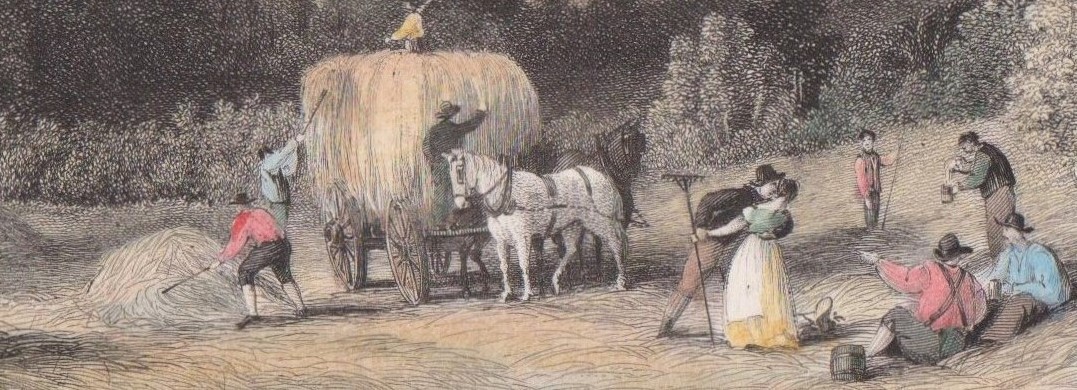John Britton (1771-1857) the antiquarian and editor, is most famous for his work The Beauties of England and Wales, which he wrote in collaboration with his friend Edward Wedlake Brayley (1773-1854). Their first work was published in Salisbury in 1801, when they were commissioned to work on an account of the County of Wiltshire. This became the start of the Beauties series – or Original Delineations, Topographical, Historical and Descriptive of Each County.
It eventually formed 18 volumes in 26 books published over 20 years and included 688 plates. Brayley generally worked on the text, and Britton travelled, collecting documents and organising the steel line engravings. The series was intended to cover all the counties of England and Wales alphabetically, however, Britton only worked on nine volumes and withdrew from the project after disputes with the publishers after his work on London. Later contributors to the work included Joseph Nightingale, JN Brewer, John Evans and John Bigland.
Both Britton’s and Brayley’s origins were humble: Britton was apprenticed to a wine merchant and Brayley was apprenticed to an enameller, but they met through a mutual interest in the theatre and began compiling songs and plays. Britton went on to publish the Architectural Antiquities of Great Britain and afterwards his Cathedral Antiquities. He also contributed articles to the Gentleman’s Magazine. But his antiquarian interest continued when in 1837 he formed a society for the preservation of national monuments.
Following their work on the Beauties series, Brayley published among other works The Historical and Descriptive Account of the Theatres of London (1826). In 1823 he was elected fellow of the Society of Antiquaries.
John Britton was buried beneath a now Listed monument in West Norland Cemetery – a vertical 10 foot slab of granite – and a fitting tribute to the man described by the architect and art historian Digby Wyatt as the creator of ‘popular topography’.
View our prints from Britton’s Beauties of England and Wales.

Leave a Reply